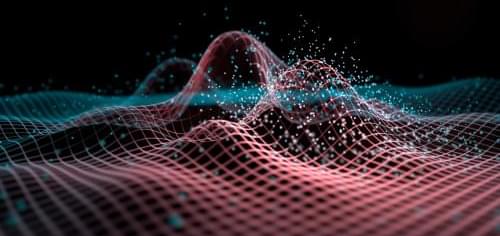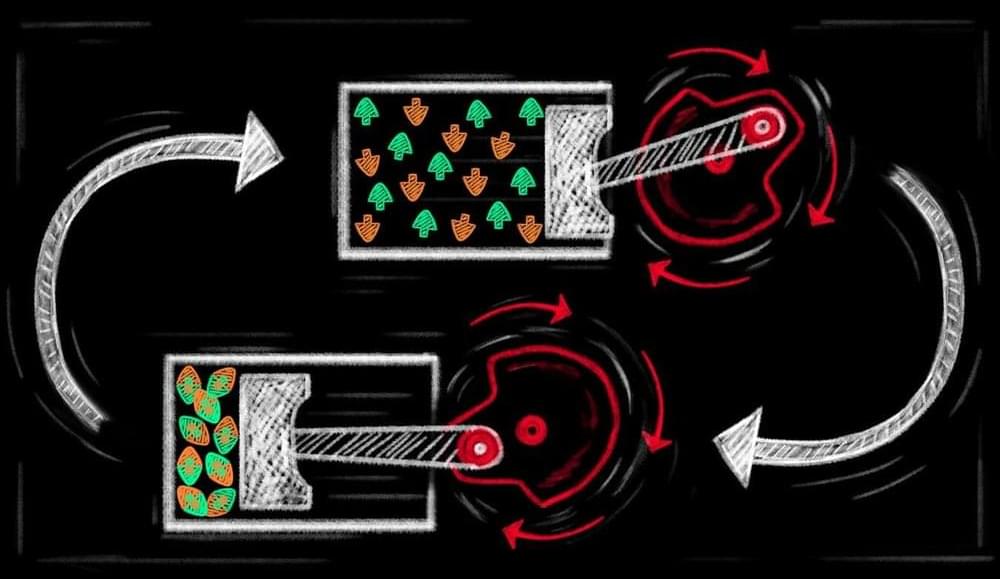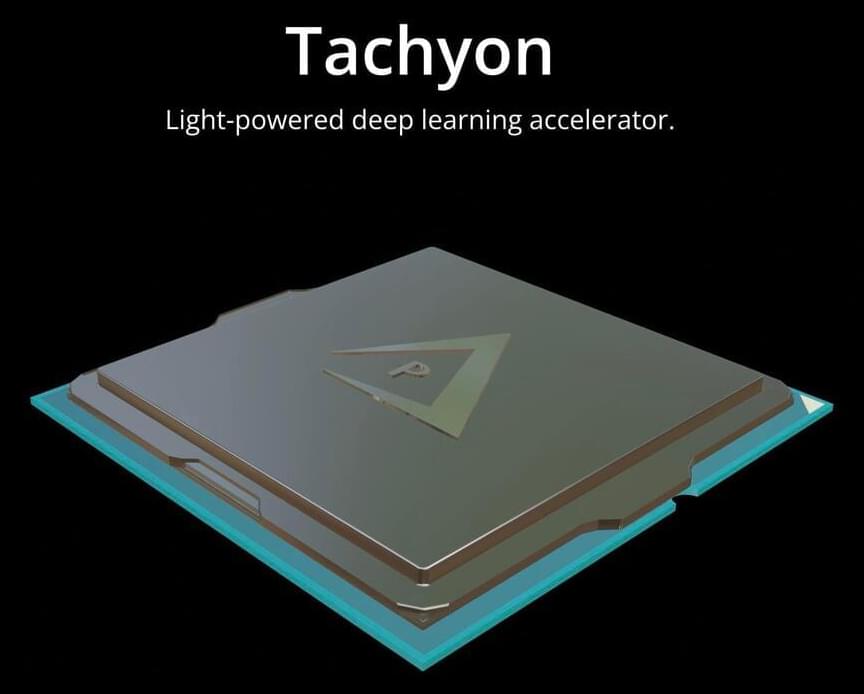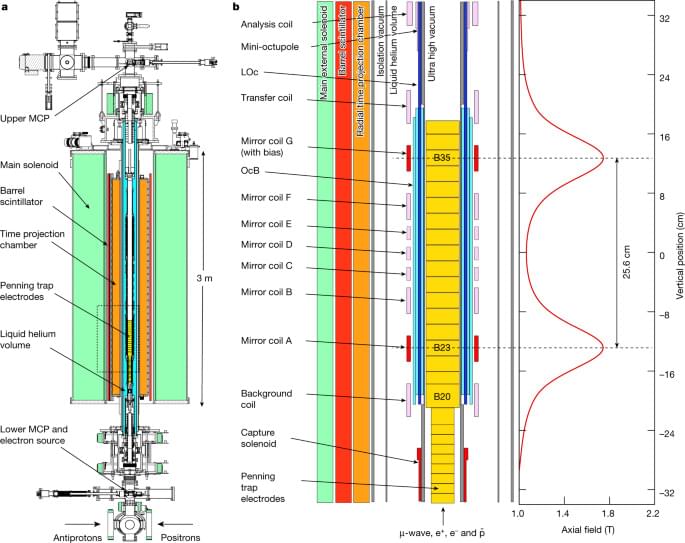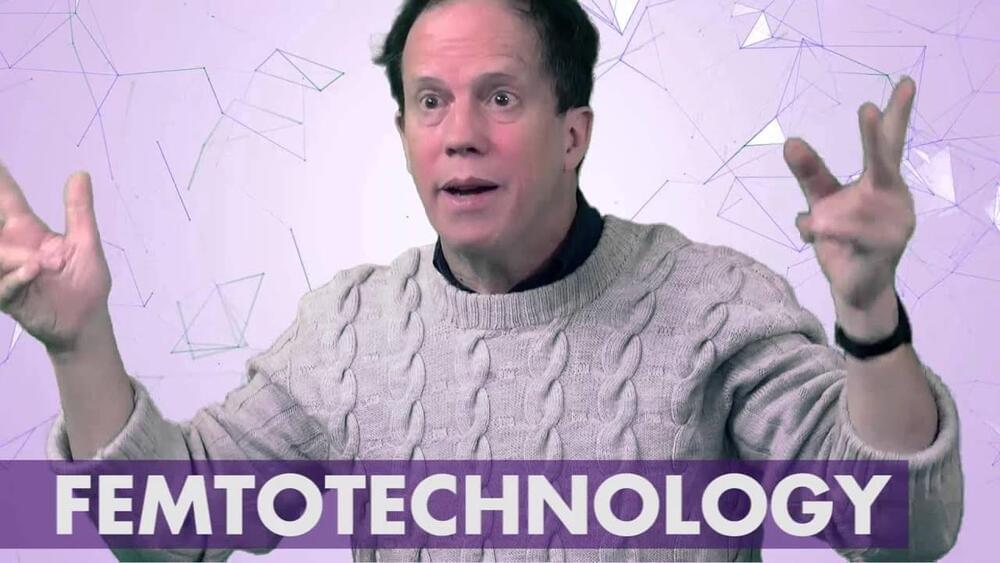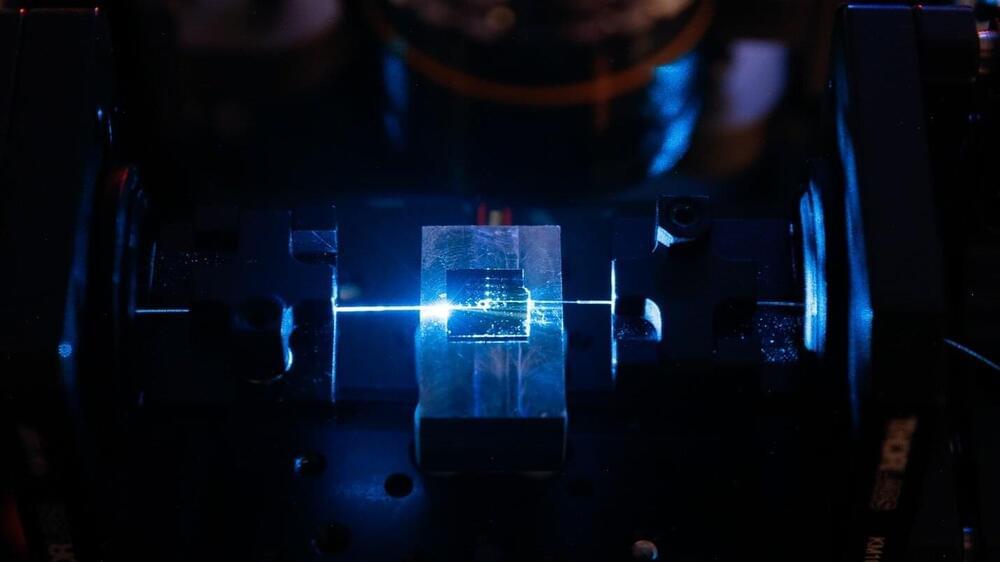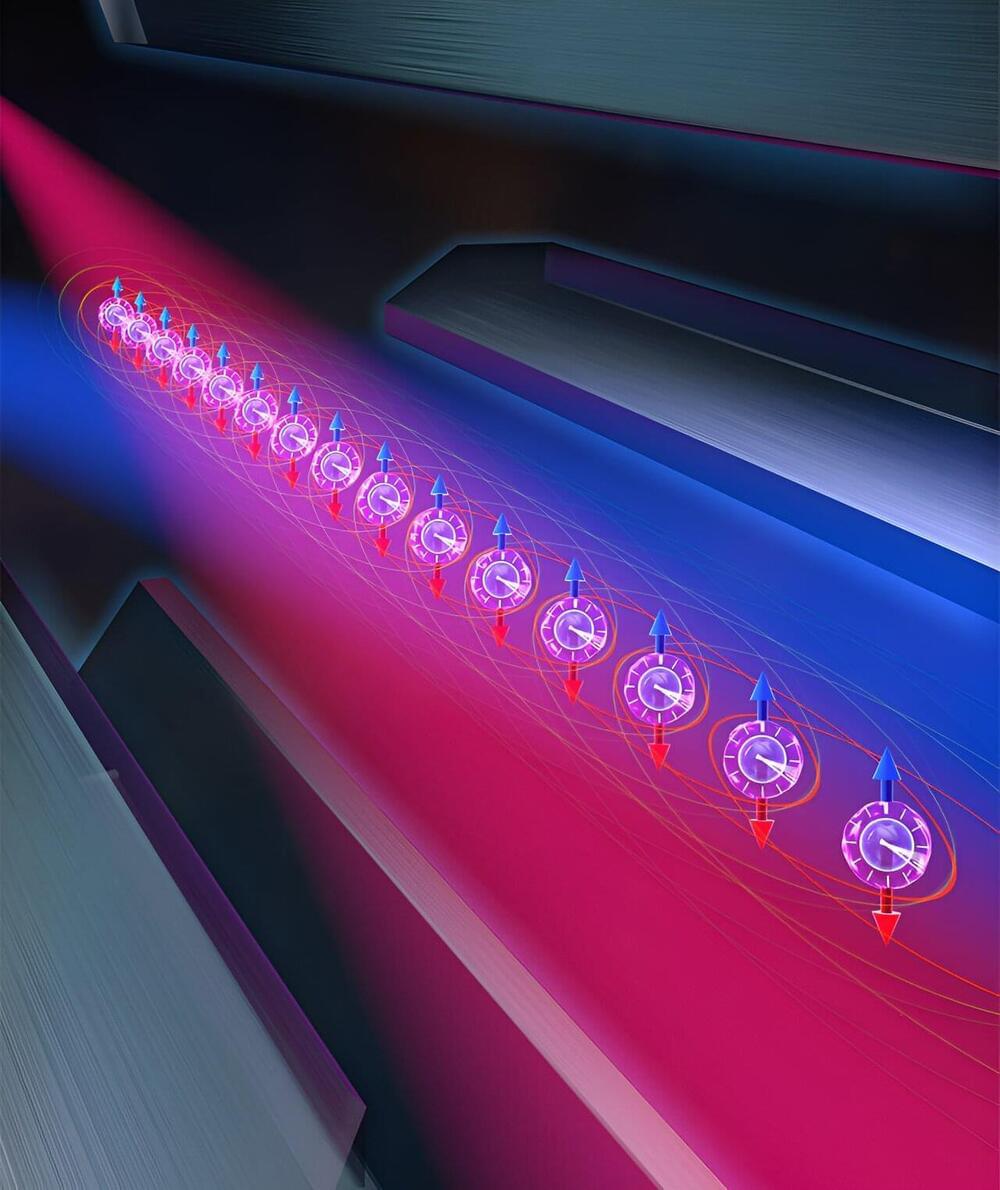Sep 28, 2023
Breakthrough Prize for Quantum Field Theorists
Posted by Saúl Morales Rodriguéz in categories: mathematics, particle physics, quantum physics
The 2024 Breakthrough Prize in Fundamental Physics goes to John Cardy and Alexander Zamolodchikov for their work in applying field theory to diverse problems.
Many physicists hear the words “quantum field theory,” and their thoughts turn to electrons, quarks, and Higgs bosons. In fact, the mathematics of quantum fields has been used extensively in other domains outside of particle physics for the past 40 years. The 2024 Breakthrough Prize in Fundamental Physics has been awarded to two theorists who were instrumental in repurposing quantum field theory for condensed-matter, statistical physics, and gravitational studies.
“I really want to stress that quantum field theory is not the preserve of particle physics,” says John Cardy, a professor emeritus from the University of Oxford. He shares the Breakthrough Prize with Alexander Zamolodchikov from Stony Brook University, New York.
